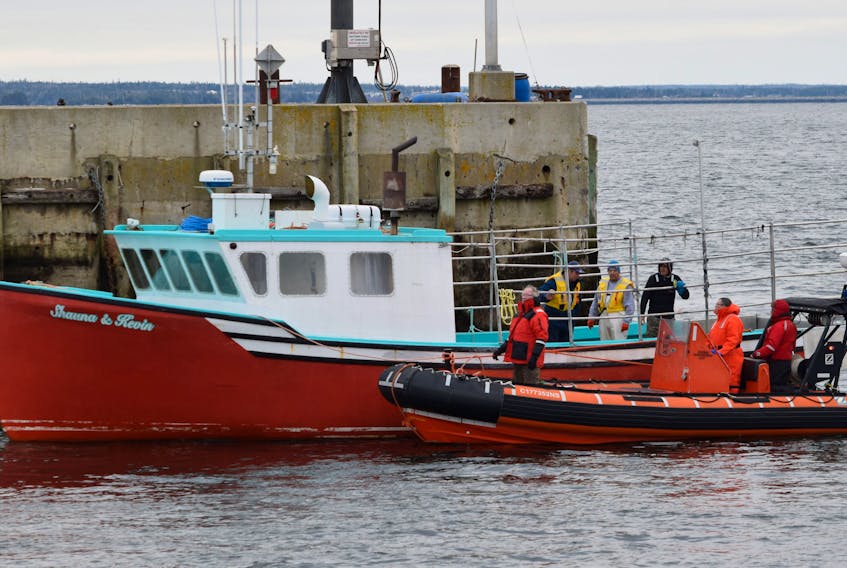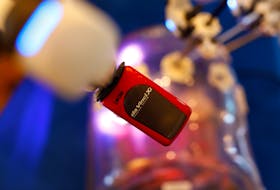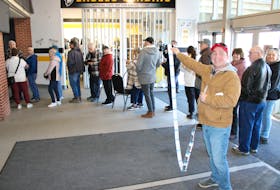Southwestern Nova Scotia - The Canadian Coast Guard responded to five medical cases on fishing vessels, two electrical fires and two boats that were taking on water during dumping day weekend (Dec. 1 and 2) in LFA 33/34. In addition, seven boats were disabled and needed to be towed in.
Marc Ouellette, Maritime Search & Rescue regional supervisor with the Canadian Coast Guard at Joint Rescue Coordination Centre in Halifax, says the amount of activity was typical for dumping day weekend. He says pre-planning for the start of the lobster-fishing season was very similar to past years.
“The assets that were out there this year were almost identical to what we had in previous years,” he says.
“Luckily, everything ended up going well and there weren’t any fatalities over the weekend,” says Ouellette.
One of the vessels that required towing on Dec. 1 was brought to Clark’s Harbour after it began taking on water. Crew managed to eventually stop the water from coming in, but they weren’t able to start the engine. The crew remained on board as it was towed.
Another boat, the Charlene A, sank in Hacketts Cove (LFA 33). The crew was rescued by a nearby fishing vessel.
Ouelette commented on the medical calls.
“This is something we’re starting to see more and more. It’s obviously a very physically demanding job so we are seeing a lot of cardiac events and people losing consciousness on the deck,” he says.
Various medical situations, including a cardiac event and some fishermen who were showing symptoms with seizures and numbness in their limbs received assistance via radio connection with a doctor.
“They talked to a doctor and we proceeded with whatever the doctor recommended. This year none of them were evacuated by helicopter,” he says.
Based on how close they were to shore, the boats steamed in or were escorted in by the coast guard and met an ambulance at the wharf.
Since the weekend there have been six other disabled boats that were towed in by auxiliary members or coast guard assets.
Ouelette says what’s worth mentioning is that when the Charlene A. sank and crew abandoned the vessel because of the electrical fire, luckily they all had the proper safety equipment and training. They donned immersion suits and were in the water for about 10-15 minutes.
“When they have the proper training and equipment, it makes our job a lot easier and it gives them that extra chance of survival where they have the necessary time for us to get on scene and assist. It’s all about prevention and getting the word out to people to use the safety equipment and register their beacon.”









